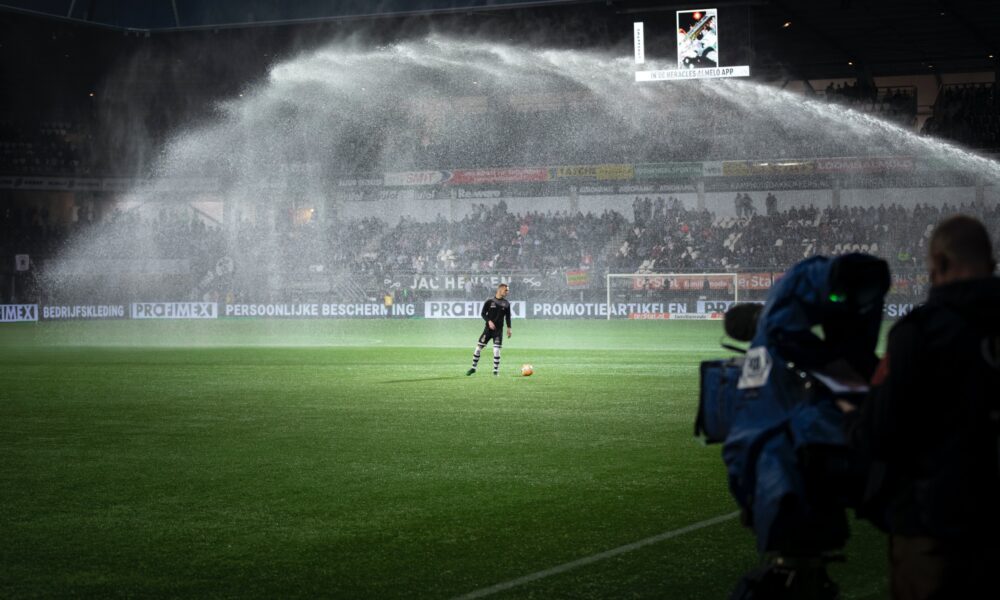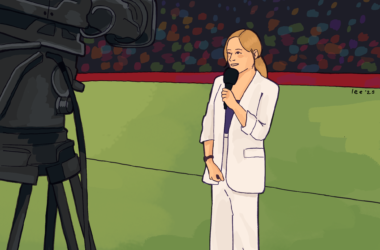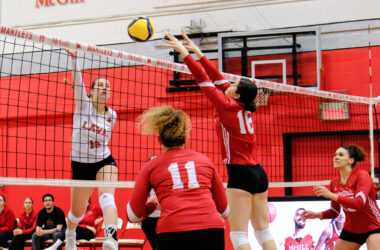The future of sports journalism is incredibly bleak at the moment. The New York Times disbanded their sports section in July 2023, electing to rely solely on The Athletic after having bought the sports outlet for $550 million in 2022. In what was suspected to be preparation for the shift, The Athletic let go four per cent of its staff in June 2023. Amidst budget cuts, ESPN also laid off household names such as Jeff Van Gundy, Jalen Rose, and Suzy Kolber, along with 20 other on-air employees. The Ice Garden, a leader in women’s hockey coverage, had its funding pulled by Vox and SB Nation in Jan. 2023. Sports journalism needs to be revived; however, Sports Illustrated’s turn to artificial intelligence (AI) is not the solution.
On Nov. 27, Futurism reported that it discovered Sports Illustrated (SI) published several articles written by fake, AI-generated writers. These authors’ bylines contained a series of product reviews, but no other online presence, and were accompanied by for sale stock-photo headshots. When confronted with the allegations, SI deleted the content in question; soon after, a spokesperson for The Arena Group, which operates SI, stated that a third-party marketing agency produced the material as part of a license agreement that was under review. The Arena Group further stated that AdVon Commerce, the third party in question, denied that AI generated the content and claimed the fake bylines had been used “to protect author privacy.”
Sports Illustrated is no longer what it used to be. Gone are the days of iconic covers such as LeBron James’ ‘The Chosen One,’ March 1980’s ‘Miracle on Ice,’ and Dwight Clark’s ‘The Super Catch.’ The decline of the printing press has harmed sports just as it has the rest of journalism, so the desire to breathe life back into a dying industry has merit; however, AI writers in place of real people is not the way.
Many sports outlets have tried to revamp content with technology. ESPN aired an interview with Damian Lillard following his first game with the Milwaukee Bucks; fans quickly pointed out that he was not wearing the same uniform he had in the game and there was no audience in the stands. It turns out the video had been doctored and repurposed from a 2020 interview in the NBA Bubble. On Nov. 28, the share price of the Arena Group fell almost 27 per cent on the New York Stock Exchange. When considered in light of the public response to other outlets’ AI-led missteps, maybe this is a sign that the world has no use for AI-generated journalism.
Instead of turning to AI to fill the void left by the shifting environment of sports journalism, outlets must turn to people for real solutions. Perhaps returning to investigative journalism such as that of Rick Westhead, Grant Robertson, and Katie Strang, who diligently researched and uncovered the details of the 2018 Hockey Canada scandal. Or maybe investing in multimedia story-telling like The New York Times who used emotional, yet, heartwarming videos to vividly narrate the stories of teens with chronic traumatic encephalopathy who tragically passed away in their teens and twenties. Or maybe it is turning to journalists like Dave Zirin who ardently and unequivocally criticize the sports they love most.
The industry is struggling—there is no doubt about that. However, we must resist the urge to turn to AI as the solution. In a world where misinformation runs rampant, media outlets must lean into the potential that real journalists provide. The ability to tell stories, connect with athletes, and speak truth to power––skills embodied by the industry’s best––must be embraced. We are witnessing a moment of crisis within Canadian sport. Day after day, journalists reveal new scandals of abuse and work tirelessly to protect athletes from similar fates. The revitalization of sports journalism must come from innovative storytelling, where passion seeps through the page and athletes’ voices are placed at the forefront––not AI writers who write of “close encounters of the athletic kind.”









